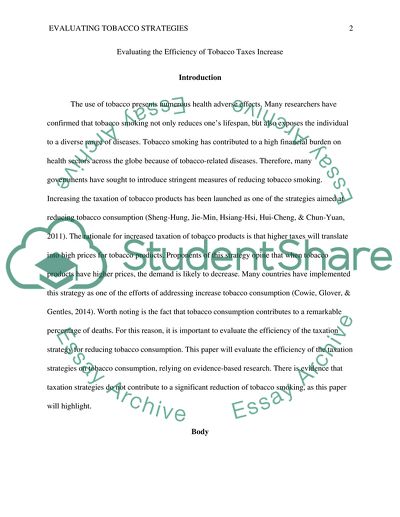Cite this document
(“The strategies( taxation) used to reduce tobacco related harms Essay”, n.d.)
The strategies( taxation) used to reduce tobacco related harms Essay. Retrieved from https://studentshare.org/nursing/1694946-the-strategies-taxation-used-to-reduce-tobacco-related-harms
The strategies( taxation) used to reduce tobacco related harms Essay. Retrieved from https://studentshare.org/nursing/1694946-the-strategies-taxation-used-to-reduce-tobacco-related-harms
(The Strategies( Taxation) Used to Reduce Tobacco Related Harms Essay)
The Strategies( Taxation) Used to Reduce Tobacco Related Harms Essay. https://studentshare.org/nursing/1694946-the-strategies-taxation-used-to-reduce-tobacco-related-harms.
The Strategies( Taxation) Used to Reduce Tobacco Related Harms Essay. https://studentshare.org/nursing/1694946-the-strategies-taxation-used-to-reduce-tobacco-related-harms.
“The Strategies( Taxation) Used to Reduce Tobacco Related Harms Essay”, n.d. https://studentshare.org/nursing/1694946-the-strategies-taxation-used-to-reduce-tobacco-related-harms.


